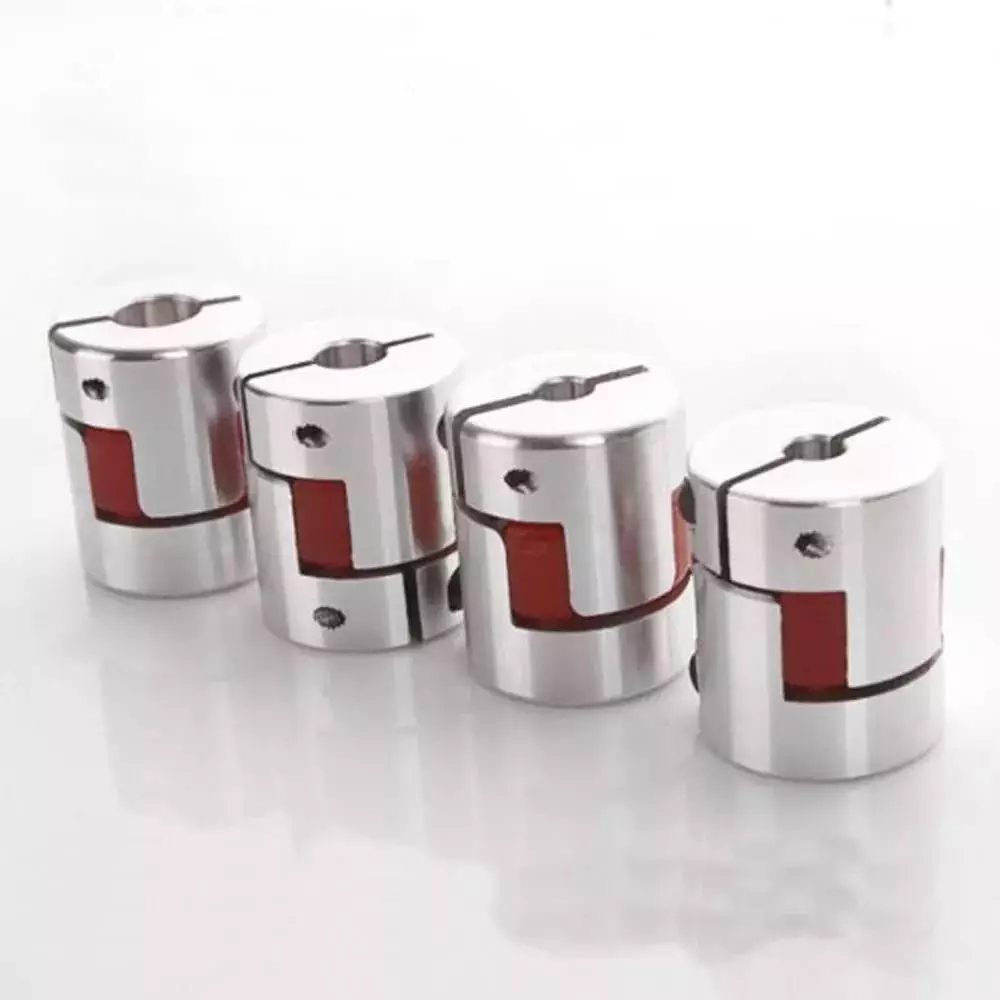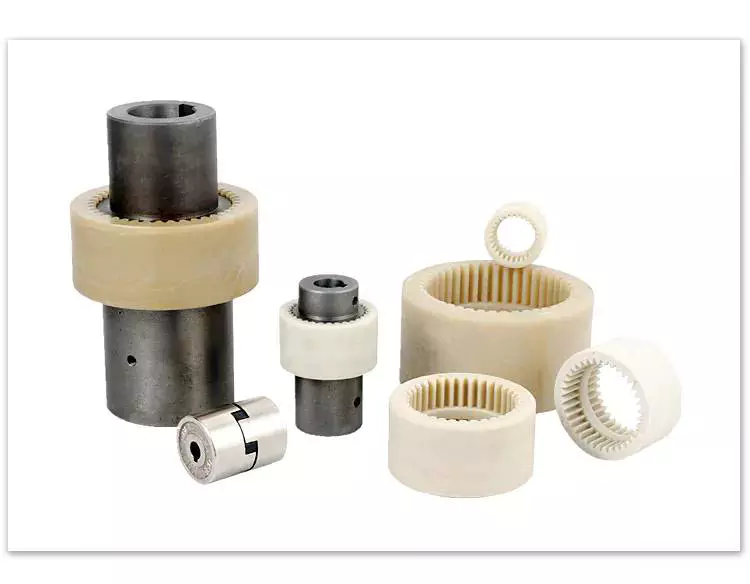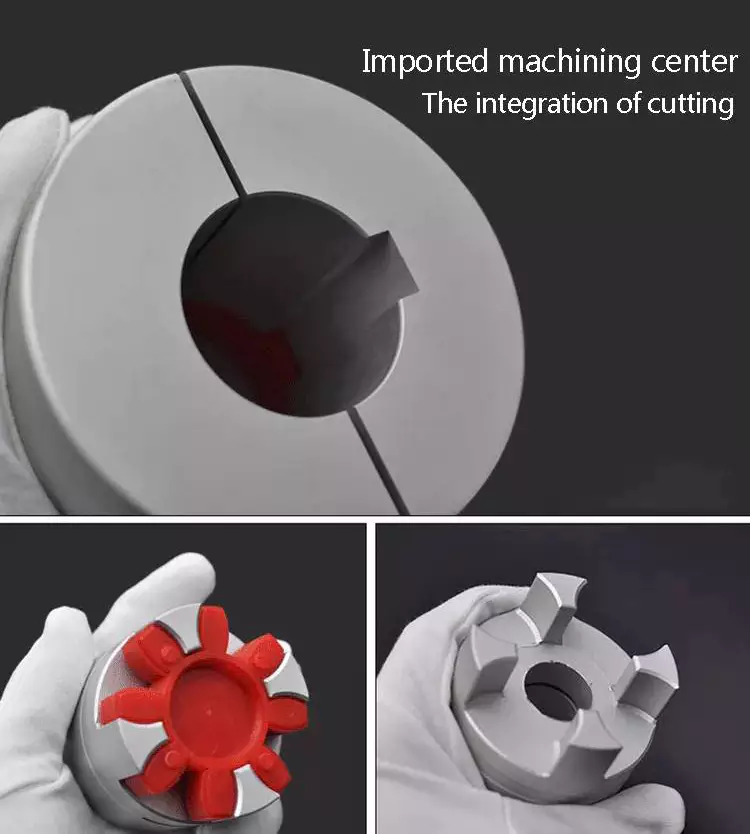Merchandise Description
| Solution identify | Coupling for Pipe Fittings Stainless Metal |
| Substance | Stainless metal 304, 316(CF8, CF8M) |
| Link | Feminine threaded |
| Kind of threaded | NPT, BSPT, BSP, PT |
| Dimension | one/8″ –4″ |
| Stress | 150LB |
| Temperature Assortment | -twenty-300 degree C |
| Casting | Expenditure |
| Ideal medium | Water, oil, air and some corrosive liquid |
| Certification | CE, ISO |
| Gurantee Period of time | eighteen monthes |
| Generation Capability | a hundred, 000 sets per 7 days. |
| Advantage | Excellent top quality and competitive price tag and very good soon after-product sales services. |
| R&D: We can produce non-regular merchandise, if you can supply the samples and drawings | |
| Quick reaction We will reaction the inquiry in 24hours. Welcome to get in touch with us without having hesitation. | |
| Sample: We can give free of charge sample in 3-4 times typically,but you must bear the cargo charge. | |
| If you need to have, we can put your emblem on the products. | |
| With CE certification and TUV and SGS factory-inspecting report. |
Select WOD, do not hesitate:
1.Design and style crew:
We have the specialist layout people
Customer’s sample is often welcomed
two.Skilled factory:
We are maker, specializing in production stainless steel thread valves for 8 years, aggressive value with great good quality, the deadline typically is 30-forty five times
3.Sample:
We can give out sample in 3 days, but the shipment demand usually compensated by your side, the charge of it will be rebound when we have formal buy.
four.Fast reaction to your requirements:
We will reply inside 24 several hours, Welcome to make contact with with us if you have any troubles, We are searching forward to cooperating with you.
Benefit:
one.We provide the non-common valves, according to consumer specifications
2.If you want, you can have your own logo on the products
three.Exported to more than 10 nations around the world in The united states and Asia
four.We can promise the top quality, handed the CE certification
FQA
Q:Are you factory or buying and selling business?
We are a factory with much more than 8 years experience and sells more than 30 international locations.
Q:Are you OEM?
Yes,we are OEM.
Q:If yr firm can be customized?
Sure, we can in accordance to customer’s drawing or sample.
| Standard: | GB |
|---|---|
| Material: | Stainless Steel |
| Connection: | Female |
| Surface Treatment: | Without Treatment |
| Head Type: | Round |
| Size: | 1/8" –4" |
###
| Samples: |
US$ 1/Piece
1 Piece(Min.Order) |
|---|
###
| Customization: |
Available
|
|---|
###
| Product name | Coupling for Pipe Fittings Stainless Steel |
| Material | Stainless steel 304, 316(CF8, CF8M) |
| Connection | Female threaded |
| Type of threaded | NPT, BSPT, BSP, PT |
| Size | 1/8" –4" |
| Pressure | 150LB |
| Temperature Range | -20-300 degree C |
| Casting | Investment |
| Suitable medium | Water, oil, air and some corrosive liquid |
| Certification | CE, ISO |
| Gurantee Period | 18 monthes |
| Production Capacity | 100, 000 sets per week. |
| Advantage | Superior quality and competitive price and good after-sales service. |
| R&D: We can produce non-standard products, if you can offer the samples and drawings | |
| Rapid response We will response the inquiry in 24hours. Welcome to contact us without hesitation. | |
| Sample: We can provide free sample in 3-4 days generally,but you must bear the shipment fee. | |
| If you need, we can put your logo on the products. | |
| With CE certification and TUV and SGS factory-examining report. |
| Standard: | GB |
|---|---|
| Material: | Stainless Steel |
| Connection: | Female |
| Surface Treatment: | Without Treatment |
| Head Type: | Round |
| Size: | 1/8" –4" |
###
| Samples: |
US$ 1/Piece
1 Piece(Min.Order) |
|---|
###
| Customization: |
Available
|
|---|
###
| Product name | Coupling for Pipe Fittings Stainless Steel |
| Material | Stainless steel 304, 316(CF8, CF8M) |
| Connection | Female threaded |
| Type of threaded | NPT, BSPT, BSP, PT |
| Size | 1/8" –4" |
| Pressure | 150LB |
| Temperature Range | -20-300 degree C |
| Casting | Investment |
| Suitable medium | Water, oil, air and some corrosive liquid |
| Certification | CE, ISO |
| Gurantee Period | 18 monthes |
| Production Capacity | 100, 000 sets per week. |
| Advantage | Superior quality and competitive price and good after-sales service. |
| R&D: We can produce non-standard products, if you can offer the samples and drawings | |
| Rapid response We will response the inquiry in 24hours. Welcome to contact us without hesitation. | |
| Sample: We can provide free sample in 3-4 days generally,but you must bear the shipment fee. | |
| If you need, we can put your logo on the products. | |
| With CE certification and TUV and SGS factory-examining report. |
Types of Couplings
A coupling is a device that connects two shafts and transmits power from one to the other. Its main purpose is to join two pieces of rotating equipment. It also allows for some degree of misalignment or end movement. Here are a few examples of coupling types: Beam coupling, Flexible coupling, Magnetic coupling, and Shaft coupling.
Beam coupling
Beam couplings are used to couple motors and other devices. They are available in several types, including flexible, slit, and rigid beam couplings. Each has unique properties and characteristics. These couplings are best for applications requiring a high level of precision and long life. They are also a practical solution for the connection of stepping and servo motors with screw rods.
Beam couplings are usually made of stainless steel or aluminum alloy, and feature spiral and parallel cut designs. Multiple cuts allow the coupling to accommodate multiple beams and improve angular and parallel misalignment tolerances. Additionally, beam couplings are comparatively cheaper than other types of rotary joints, and they require minimal maintenance.
The materials of a beam coupling should be considered early in the specification process. They are typically made of aluminum or stainless steel, but they can also be manufactured from Delrin, titanium, and other engineering grade materials. Beam couplings are often available in multiple sizes to fit specific shaft diameters.
Beam couplings are a key component of motion control systems. They provide excellent characteristics when used properly, and they are a popular choice for many applications. A thorough understanding of each type of coupling will help to prevent coupling failure and enhance system performance. Therefore, it is important to choose the right coupling for your application.
Various types of beam couplings have unique advantages and disadvantages. The FCR/FSR design has two sets of three beams. It is available in both metric and inch shaft sizes. The FCR/FSR couplings are ideal for light-duty power transmission applications. A metric shaft is more suitable for these applications, while an inch shaft is preferred for heavier duty applications.
Two types of beam couplings are available from Ruland. The Ruland Flexible beam coupling has a multi-helical cut design that offers a greater flexibility than commodity beam couplings. This design allows for higher torque capabilities while minimizing wind-up. In addition, it is also more durable than its commodity counterparts.
Flexible coupling
A flexible coupling is a versatile mechanical connection that allows for the easy coupling of two moving parts. The design of these couplings allows for a variety of stiffness levels and can address a variety of problems, such as torsional vibrations or critical speed. However, there are a number of tradeoffs associated with flexible couplings.
One of the biggest issues is the installation of the coupling, which requires stretching. This problem can be exacerbated by cold temperatures. In such a case, it is vital to install the coupling properly. Using a gear clamp is one of the most important steps in a successful installation. A gear clamp will keep the coupling in place and prevent it from leaking.
Another common type of flexible coupling is the gear coupling. These couplings are composed of two hubs with crowned external gear teeth that mesh with two internally splined flanged sleeves. The massive size of the teeth makes them resemble gears. Gear couplings offer good torque characteristics but require periodic lubrication. These couplings can also be expensive and have a limited number of applications.
Another type of flexible coupling is the SDP/SI helical coupling. These couplings can accommodate axial motion, angular misalignment, and parallel offset. This design incorporates a spiral pattern that makes them flexible. These couplings are available in stainless steel and aluminum.
A flexible coupling has a wide range of applications. Generally, it is used to connect two rotating pieces of equipment. Depending on its design, it can be used to join two pieces of machinery that move in different directions. This type of coupling is a type of elastomeric coupling, which has elastic properties.
There are many types of flexible couplings available for different types of applications. The purpose of a flexible coupling is to transmit rotational power from one shaft to another. It is also useful for transmitting torque. However, it is important to note that not all flexible couplings are created equally. Make sure to use a reputable brand for your coupling needs. It will ensure a reliable connection.
The simplest and most commonly used type of flexible coupling is the grid coupling. This type of coupling uses two hubs with slotted surfaces. The steel grid is allowed to slide along these slots, which gives it the ability to flex. The only limitation of this type of coupling is that it can only tolerate a 1/3 degree misalignment. It can transmit torques up to 3,656 Nm.
Magnetic coupling
Magnetic coupling is a technique used to transfer torque from one shaft to another using a magnetic field. It is the most common type of coupling used in machinery. It is highly effective when transferring torque from a rotating motor to a rotating shaft. Magnetic couplings can handle high torques and high speeds.
Magnetic coupling is described by the energy difference between a high-spin state and a broken symmetry state, with the former being the energy of a true singlet state. In single-determinant theories, this energy difference is called the Kij. Usually, the broken-symmetry state is a state with two interacting local high-spin centers.
The magnetic coupling device is regarded as a qualitative leap in the reaction still industry. It has solved a number of problems that had plagued the industry, including flammability, explosiveness, and leakage. Magnetic couplings are a great solution for many applications. The chemical and pharmaceutical industries use them for various processes, including reaction stills.
Magnetic couplings are a good choice for harsh environments and for tight spaces. Their enclosed design keeps them fluid and dust-proof. They are also corrosion-resistant. In addition, magnetic couplings are more affordable than mechanical couplings, especially in areas where access is restricted. They are also popular for testing and temporary installations.
Another use for magnetic coupling is in touch screens. While touch screens use capacitive and resistive elements, magnetic coupling has found a cool new application in wireless charging. While the finger tracking on touch screens may seem like a boley job, the process is very sensitive. The devices that use wireless charging need to have very large coils that are locked into resonant magnetic coupling.
Magnetic couplings also help reduce hydraulic horsepower. They cushion starts and reduce alignment problems. They can also improve flow in oversized pumps. A magnetic coupling with an 8 percent air gap can reduce hydraulic HP by approximately 27 percent. In addition, they can be used in aggressive environments. They also help reduce repair costs.
Magnetic couplings are a great choice for pumps and propeller systems because they have the added advantage of being watertight and preventing shaft failure. These systems also have the benefit of not requiring rotating seals.
Shaft coupling
A shaft coupling joins two shafts and transmits rotational motion. Generally, shaft couplings allow for some degree of misalignment, but there are also torque limiters. Selecting the right coupling can save you time and money and prevent equipment downtime. Here are the main features to consider when purchasing a coupling for your application.
Shaft couplings should be easy to install and disassemble, transmit full power to the mated shaft, and reduce shock loads. A shaft coupling that does not have projecting parts should be used for machines that move or rotate at high speeds. Some types of shaft couplings are flexible while others are rigid.
Shaft couplings can be used in a variety of applications, including piping systems. They can be used to connect shafts that are misaligned and help maintain alignment. They can also be used for vibration dampening. Shaft couplings also allow shafts to be disconnected when necessary.
Shaft couplings can accommodate a certain amount of backlash, but this backlash must be well within the tolerance set by the system. Extremely high backlash can break the coupling and cause excessive wear and stress. In addition, excessive backlash can lead to erratic alignment readings. To avoid these issues, operators must reduce backlash to less than 2deg.
Shaft couplings are often referred to by different names. Some are referred to as “sliced” couplings while others are known as “slit” couplings. Both types offer high torque and torsional stiffness. These couplings are typically made from metals with various alloys, such as acetal, stainless steel, or titanium.
CZPT Pulley produces shaft couplings for a variety of applications. These products are used in high-power transmission systems. They have several advantages over friction couplings. In addition to minimizing wear, they don’t require lubrication. They are also capable of transmitting high torque and high speeds.
Another type of shaft coupling is the universal coupling. It is used to transmit power to multiple machines with different spindles. Its keyed receiving side and flanges allow it to transmit power from one machine to another.

editor by czh 2023-01-26